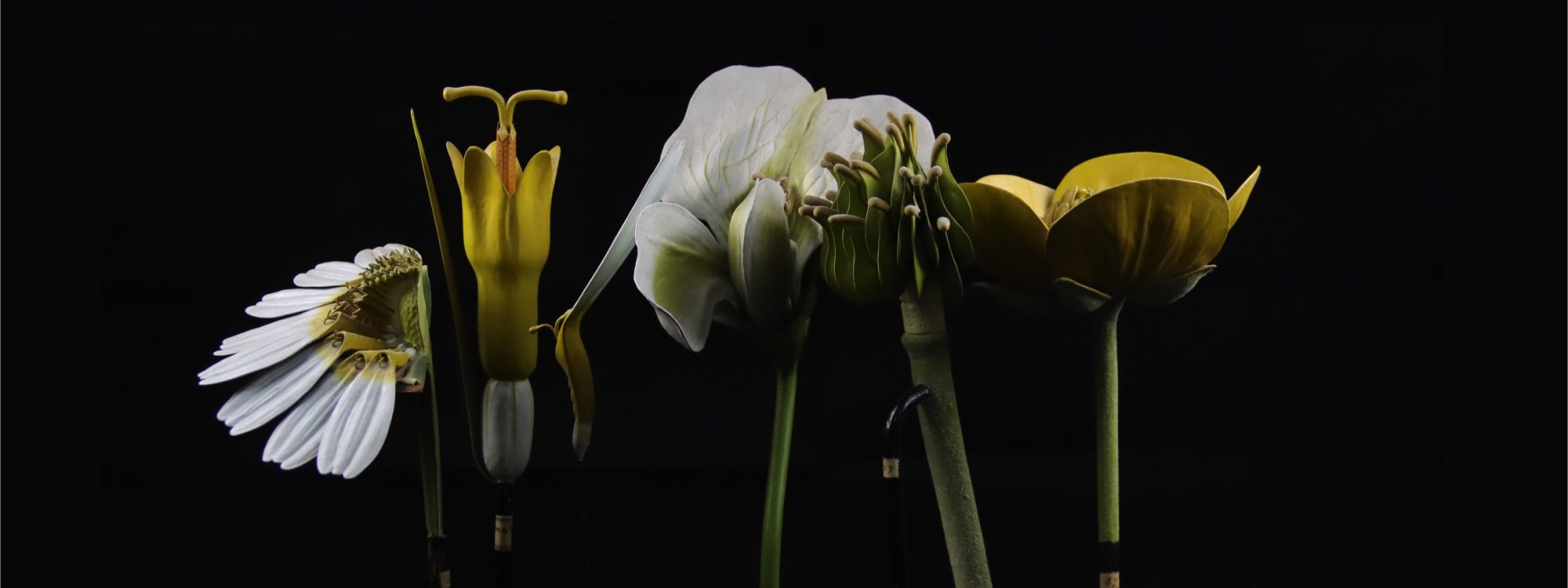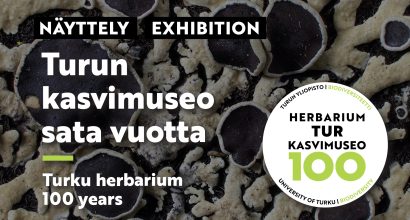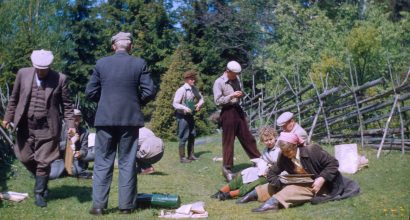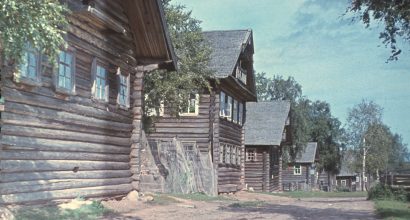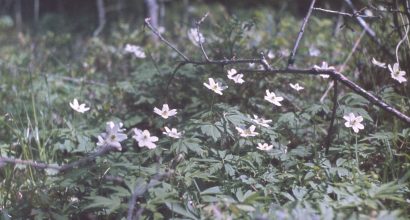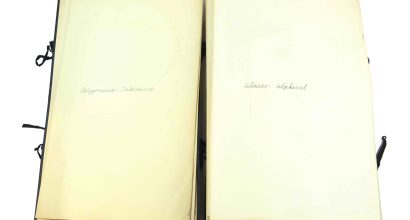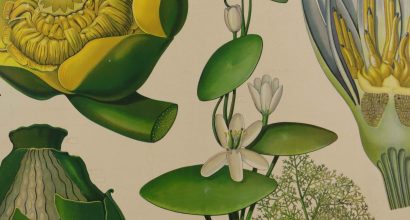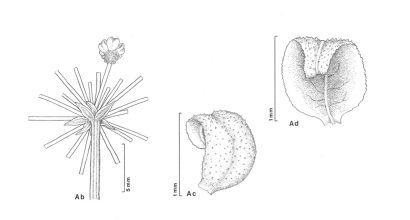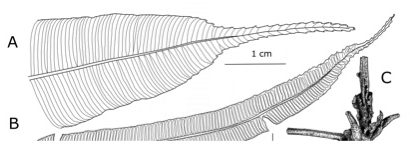Virtual exhibition
Herbarium does not have public exhibition space, and it is not open to the general public. However, on this page you can visit our virtual exhibition.
The largest seed in the world
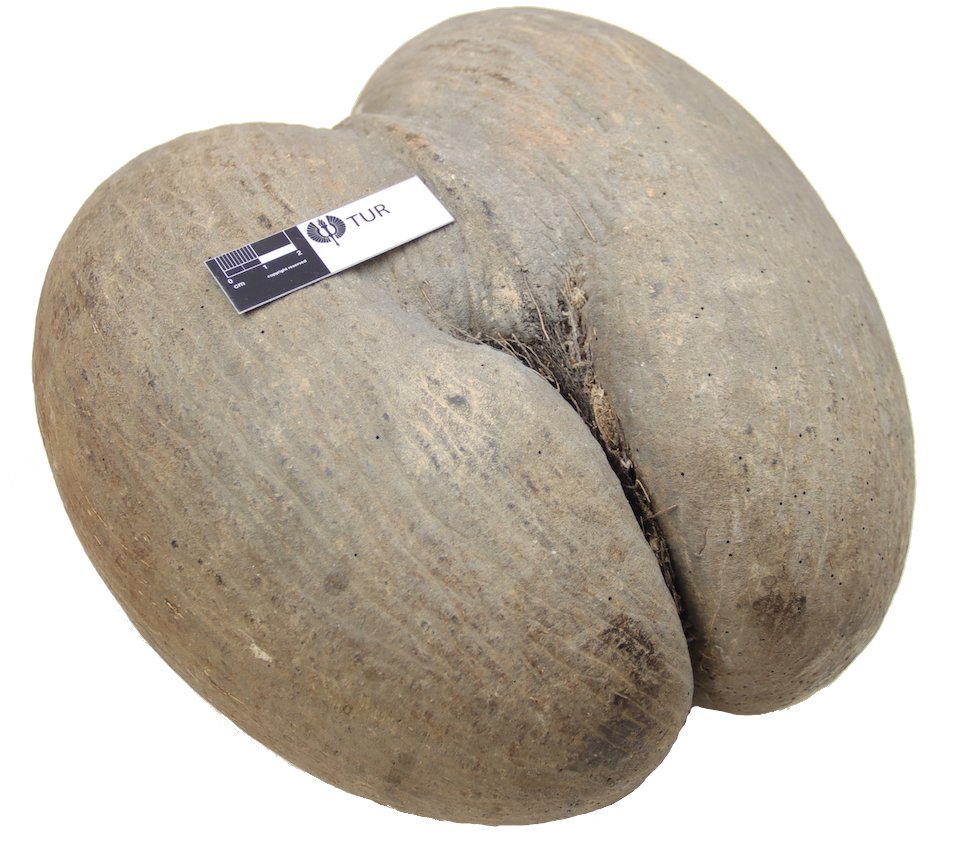
Double coconut (Lodoicea maldivica) has the largest seed in the world. This highly endangered species is only found on the islands of the Seychelles in the Indian Ocean. The palm can grow up to 50 meters tall and its huge seed, which takes six to seven years to ripen, can weigh 17 kilograms when fresh. It takes two years for the seed to germinate, after which the developing cotyledon is the largest in the plant kingdom, up to four meters long.
The giant seed of the double coconut has been a source of wonder for botanists. When fresh, the seed does not float, and no animal native to the Seychelles can even move it. Apparently, the gigantic seed is the result of evolution in an island where a large-seeded palm tree is unable to disperse due to lack of seed disperses. In this situation, it would be disadvantageous for the palm to produce many seeds, because they would not get dispersed but would compete with the mother plant. An evolutionarily better solution is to produce only few, but extremely large seeds. Maybe one of them can eventually replace the mother plant and ensure the continuation of the species.
Theme exhibition
Vasculum
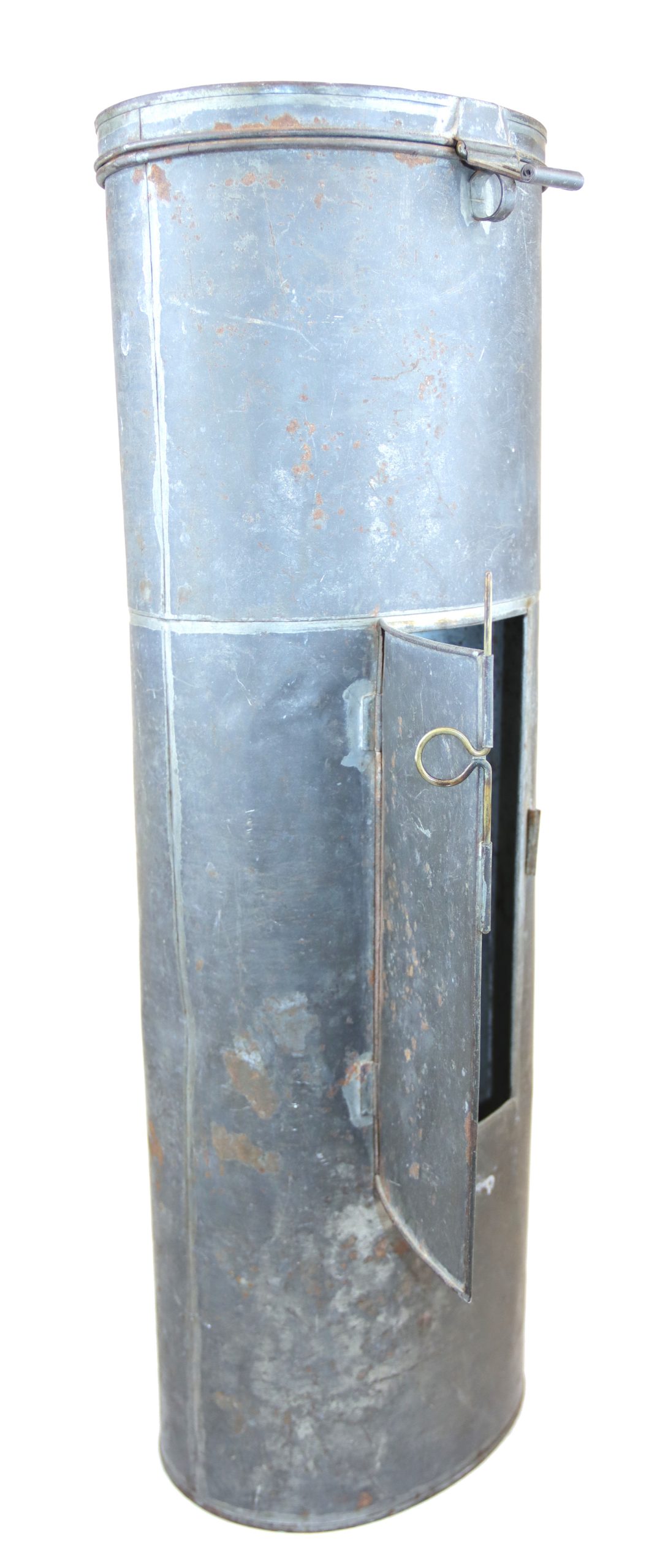
Vasculum. In the old days, every decent botanist had his own vasculum made by a tinsmith. Moist mosses were placed at the bottom of the vasculum to keep the collected plants fresh. This vasculum once belonged to Edvard August Vainio, a world-famous lichen researcher, whose collections were bought by the Turku Finnish University Society a hundred years ago to be the foundation of the herbarium.
See below how the vascula were used in 1952 during a plant-collecting trip in Åland.
Corn

The loss of biodiversity threatens not only wild nature, but also cultivated species on which humankind depends. Corn cobs collected from Mexico in the 1950s can be seen in the picture. Corn is one of the most important plant species sustaining humanity, feeding a large part of humankind and farm animals, and producing a significant part of the world’s biofuels. However, intensive agriculture based on a few commercial varieties does not maintain the same genetic diversity as traditional agriculture, where farmers cultivated their own local landraces. This is a big risk, because a pest, disease or change in environmental conditions can more easily destroy the harvest of a genetically uniform species. A more genetically diverse species is much more resilient to such threats.
Even though we only maintain dry collections and no live plant or seed collections in the herbarium, the genetic diversity of the herbarium specimens can be studied, as DNA remains readable in dry plant samples for up to hundreds of years.
Taxonomy is the science that identifies, names, and classifies organisms
Species or cultivar? Many people confuse species and cultivar, even though in biology they mean completely different things. For example, potato and tomato are different species, even though they are evolutionarily closely related to each other. A cultivar, on the other hand, refers to a specific strain selected from a species for cultivation. For example, 'Siikli' and 'Van Gogh' are well-known potato cultivars that both belong to the same species, the potato. Different cultivars have also been named for tomato, strawberry, corn and in general almost all cultivated plant species. Local cultivars that have evolved over time with traditional agriculture are called landraces, and they often do not have a name at all.
Grains and archaeology
Archaeobotany studies plant remains found in archaeological excavations. They can be used to find out what kind of environment ancient people lived in, or what plants they ate and utilized. Seeds found in archaeological samples are identified with the help of a reference collection.
Corn (Zea mays) is one of the most economically significant plants in the world. Corn cultivation, mainly for fodder, has begun also in Finland recently.
Wheat (Triticum aestivum) is one of the oldest and most important crops in the world. Wheat has also been cultivated in Finland for a very long time, emmer wheat (Triticum turgidum) already over 2000 years ago. However, because of it requires warmer climate than barley, oat or rye, it was not as widely cultivated.
Oat (Avena sativa) became common in Finland in the Middle Ages. For a long time oat was mainly considered a fodder crop, but in recent years, interest in meat and milk substitute products made from oat has grown tremendously.
Rye (Secale cereale) was originally a weed growing in wheat fields but evolved into a cultivated crop. Since rye is much less demanding than wheat in terms of both climate and soil, it became an important crop when agriculture spread to the north. In Finland, rye was grown especially in slash and burn agriculture.
Barley (Hordeum vulgare) is the oldest crop in Finland, and has been cultivated here for over 3,500 years.
Charred barley grains found at an archaeological site.
Buckwheat (Fagopyrum esculentum) was cultivated in Finland during the time of slash and burn agriculture, especially in the 18th and 19th centuries. After that, buckwheat cultivation almost disappeared, until a new rise at the end of the 20th century. The reason for the new arrival of buckwheat was its suitability for people suffering from gluten-related disorders.
The African melegueta pepper (Aframomum melegueta) was found in the archaeological excavation of the Turku Cathedral School. It was used like black pepper either as a medicine or as a spice. The discovery tells about international trade and the everyday life of the people of Turku in the 15th century. Photo: Mia Lempiäinen-Avci
Botany
Botany was a separate subject in Finnish schools for a long time.
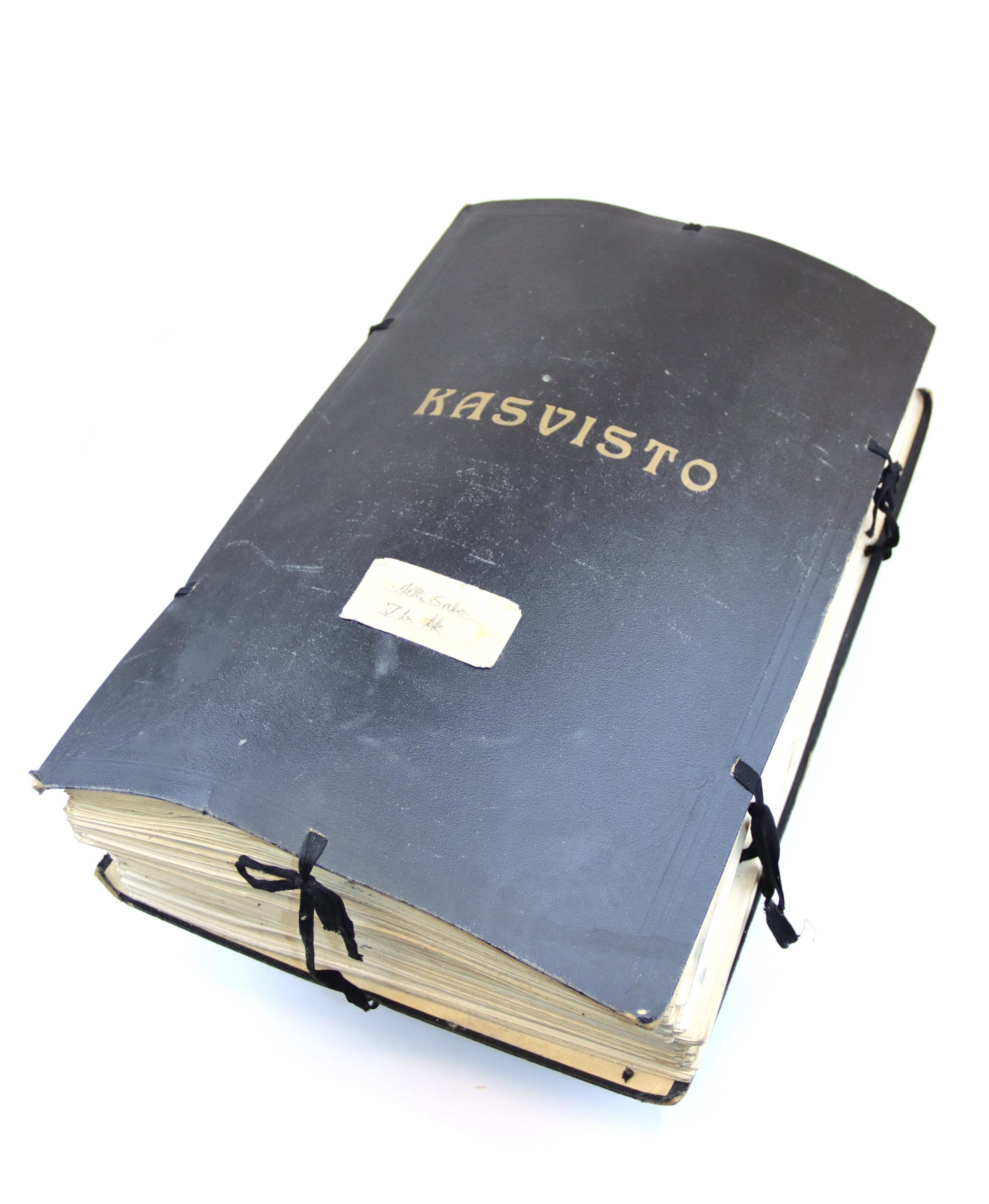
Botanical illustration
Botany is highly visual science. The identification of species is based on comparing the shape of their different structures. That's why the description of species new to science as well as popular plant books are usually well illustrated.

Conifers
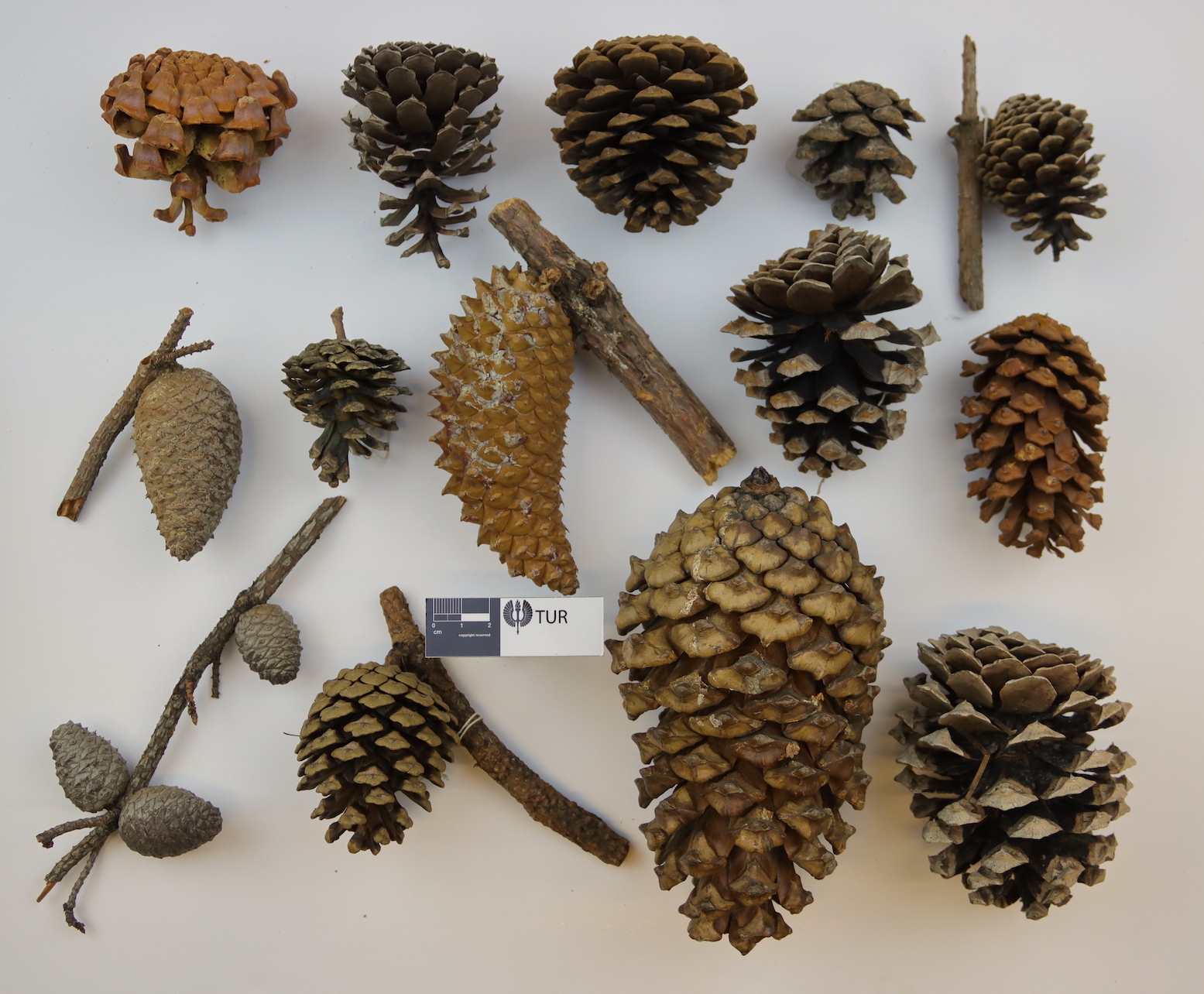
Finland is considered a country of conifers, but only four species of conifers are naturally found here. Even among them, yew (Taxus baccata) occurs only in Åland. Actually, the species diversity of conifers is highest in tropical and subtropical regions of the world, even though their ecological role is not so important there. In total, there are about 600 conifer species in the world. The seeds of conifers develop in cones, which in some species, like yew and juniper (Juniperus communis), have become juicy and berry-like.
Serbian spruce (Picea omorika) can be recognised by its slender shape. It has become a very common ornamental tree in Finland. The species occurs naturally only in a few small stands in Serbia and Bosnia and Herzegovina. However, during the Eem interglacial period that prevailed before the last ice age, 131,000–114,000 years ago, the distribution of Serbian spruce covered the whole of Europe and it also grew in Finland. It is an example of a species forced south by the ice age, which for some reason failed to spread to its former range after the climate warmed again.
The large seeds of Stone pine (Pinus pinea), Siberian pine (Pinus cembra subsp. sibirica) and some araucarias (genus Araucaria) are often eaten also by humans. The Siberian pine native to Siberia has been planted as an ornamental tree in Finland, and the nutcrackers that sometimes migrate from the Siberia are happy to come to the Siberian pine plantations to feed.
In addition to Siberian pine, Macedonian pine (Pinus peuce) is also a popular ornamental tree in Finland with its large cones. However, the North American sugar pine (Pinus lambertiana) has the largest cones in the world.
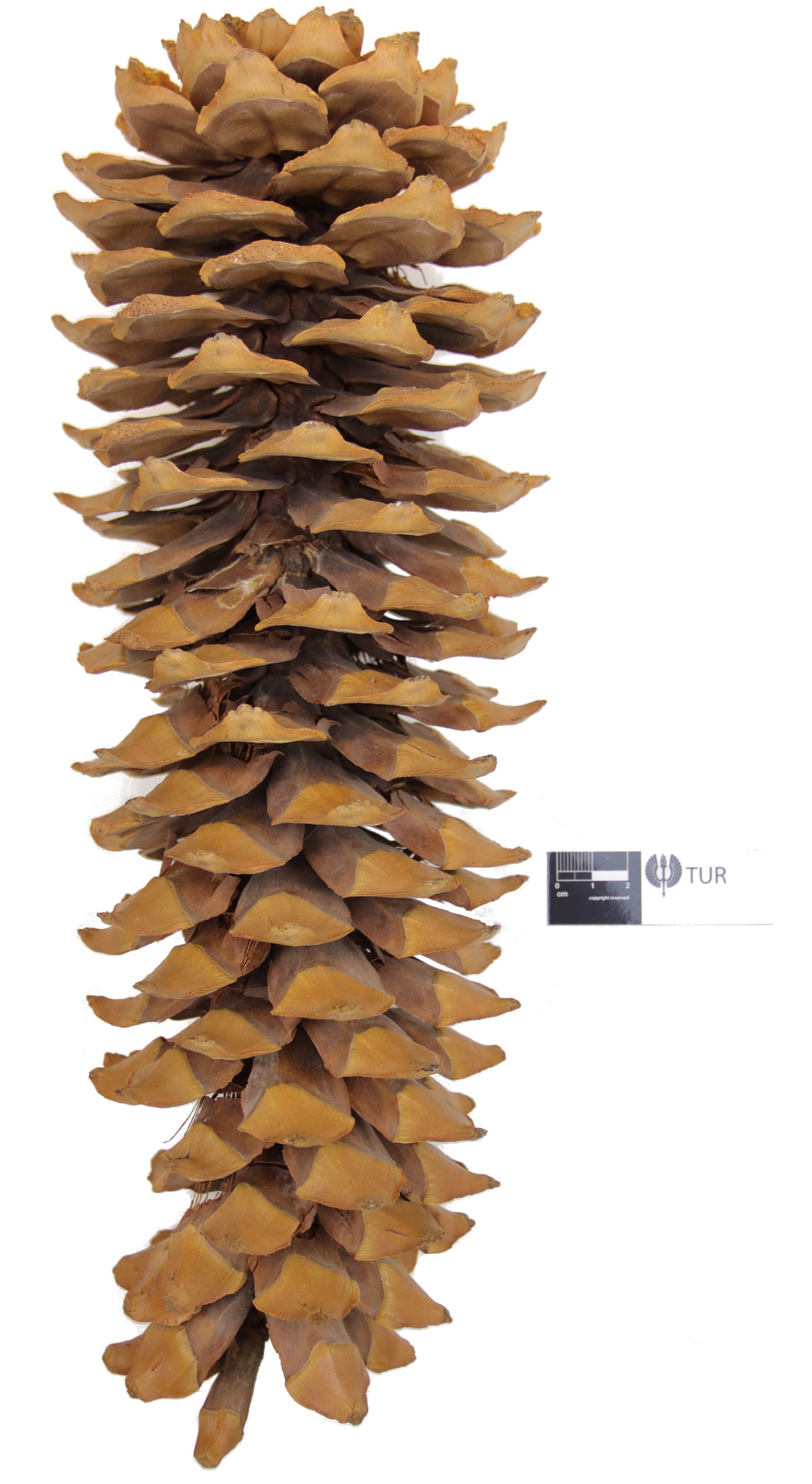
The sugar pine (Pinus lambertiana) found in the western parts of North America has the largest cones in the world. At their largest, they can be 65 cm long.
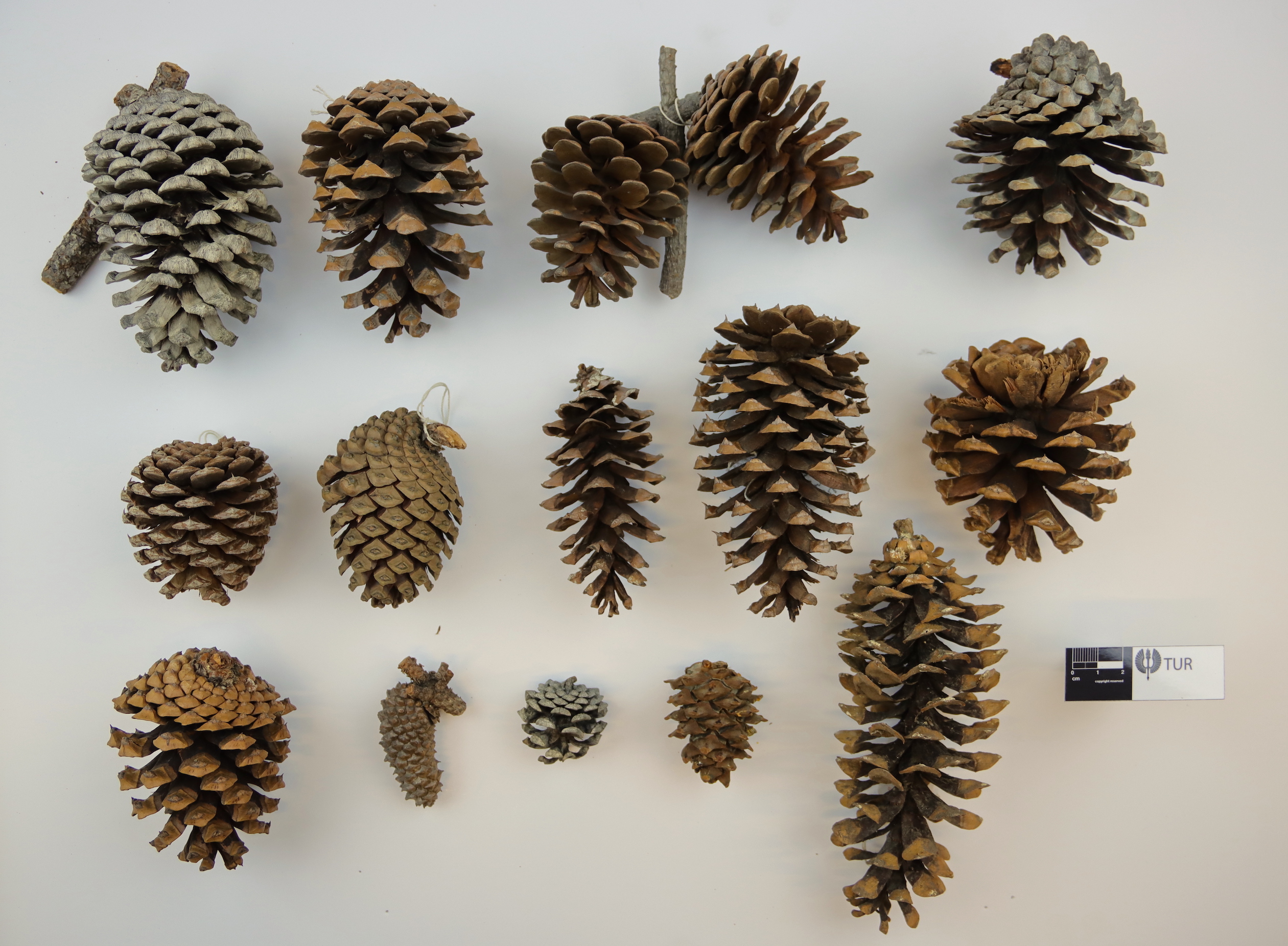
Fossils
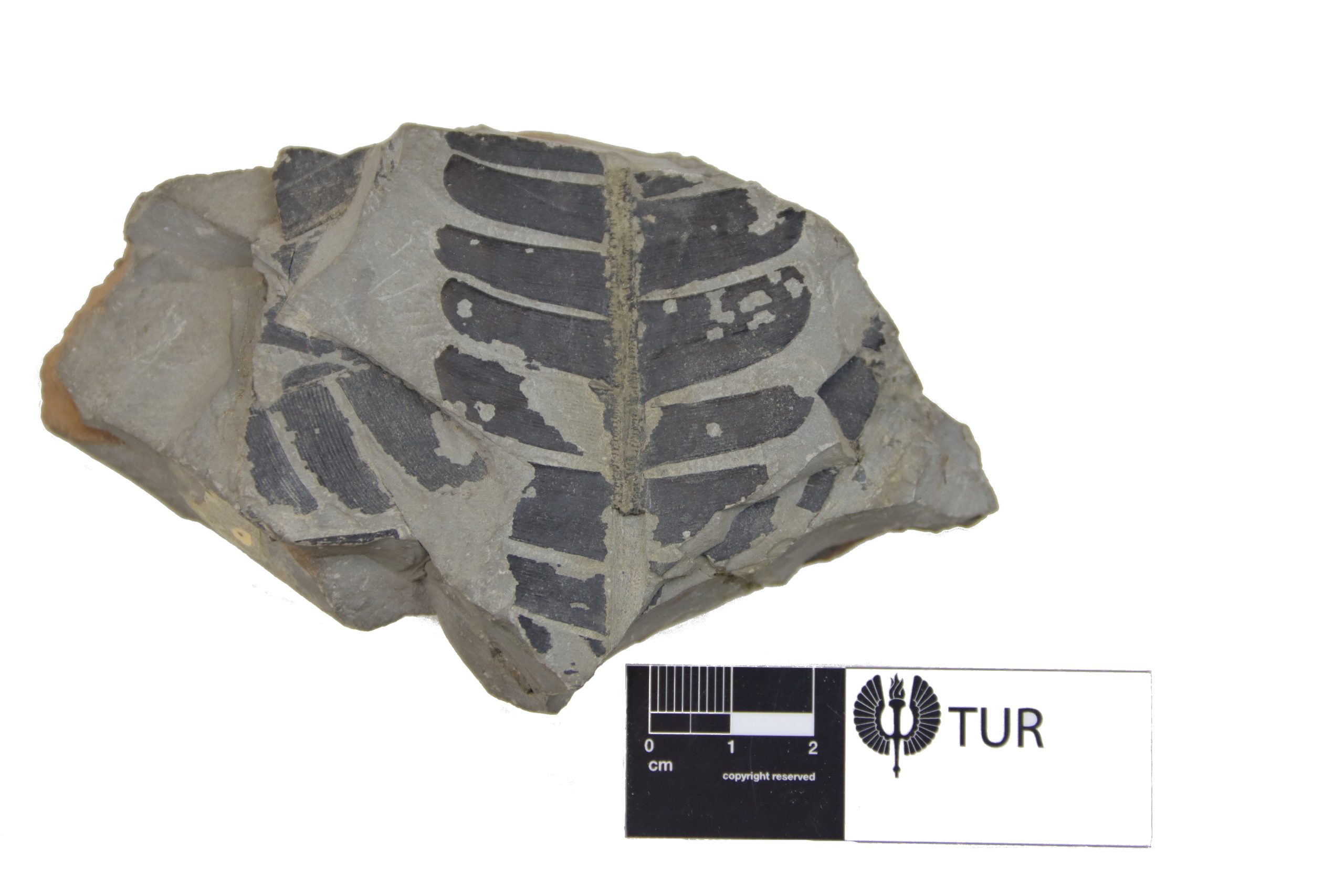
Ferns and lycophytes ruled the world during the Carboniferous, 359-299 million years ago. The peat formed from the remains of these plants turned into coal over millions of years, making the industrial revolution possible. There are large amounts of plant fossils among the coal, which help to understand how the flora has evolved to its present state.
We have studied the factors driving the speciation and extinction of ferns by analyzing data of fossil occurrences together with family trees, so called phylogenies, which are built by comparing DNA sequences of living species. According to the results, global environmental changes cause extinctions, but on the other hand, the relative rate of speciation increases when species diversity is low.
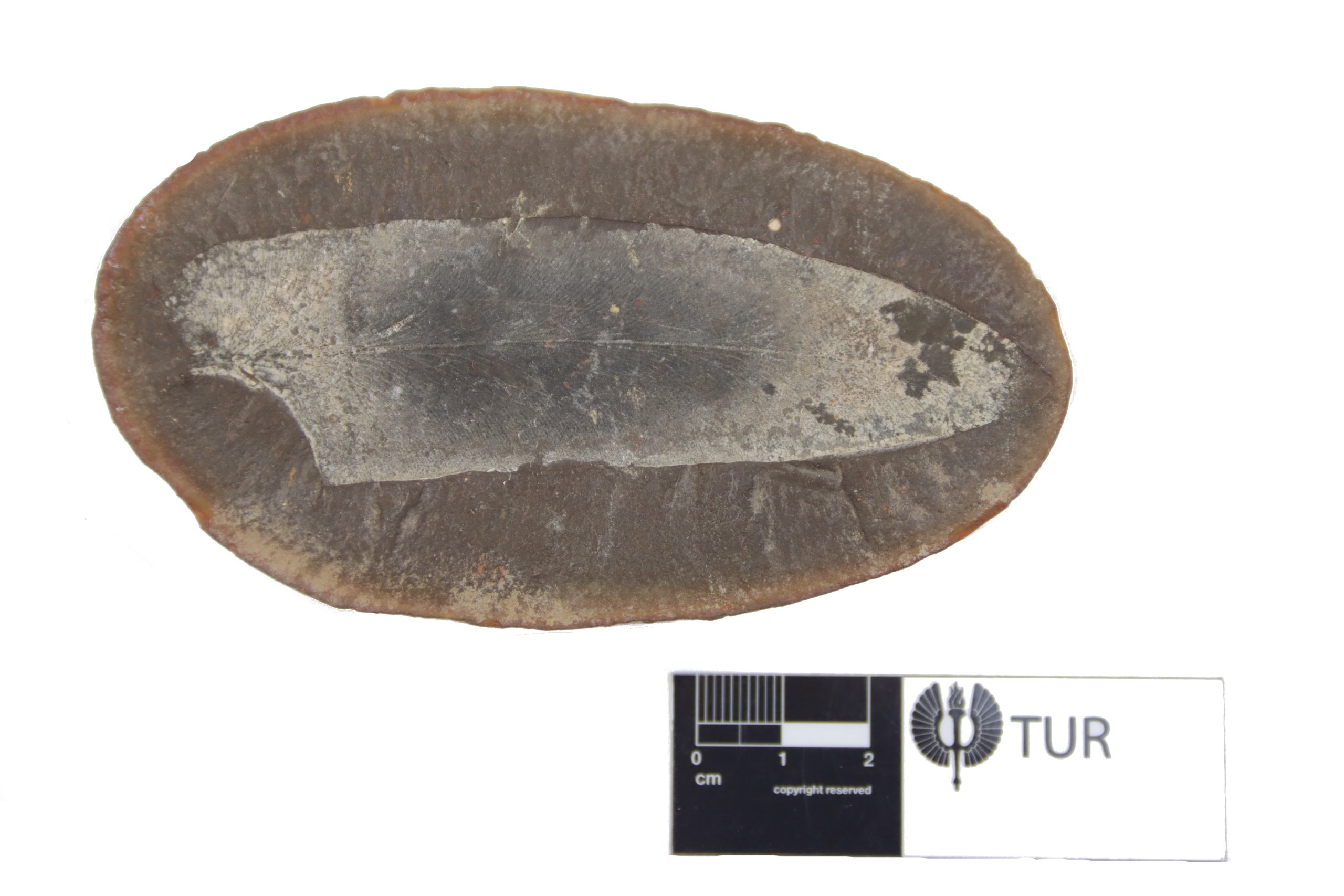
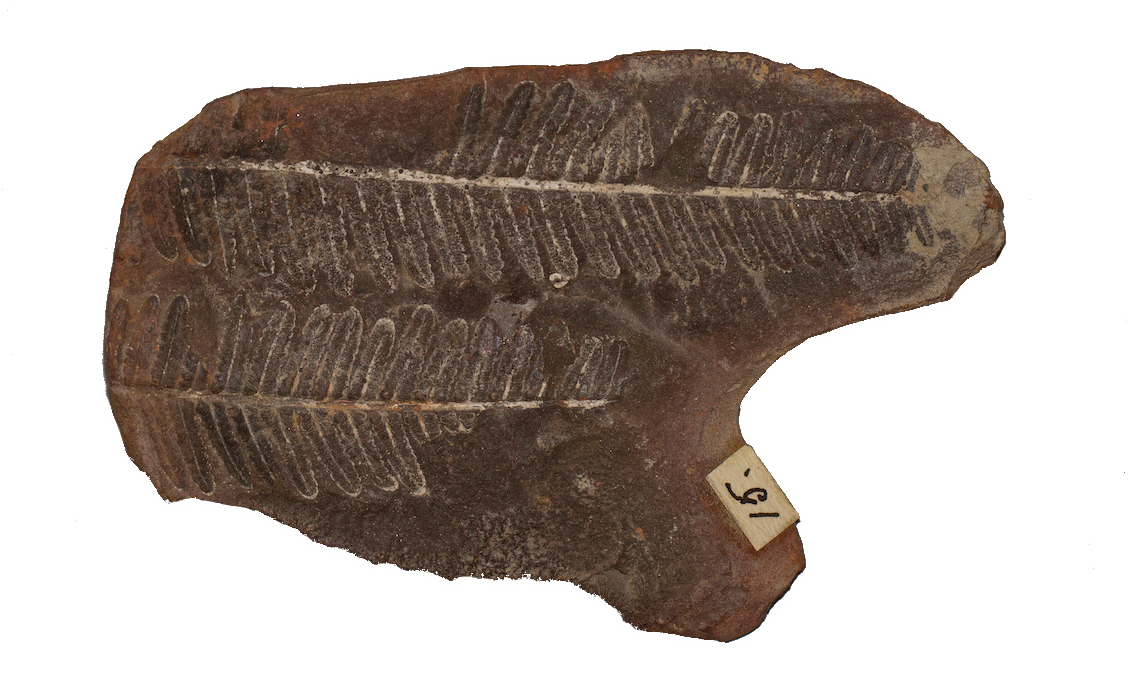
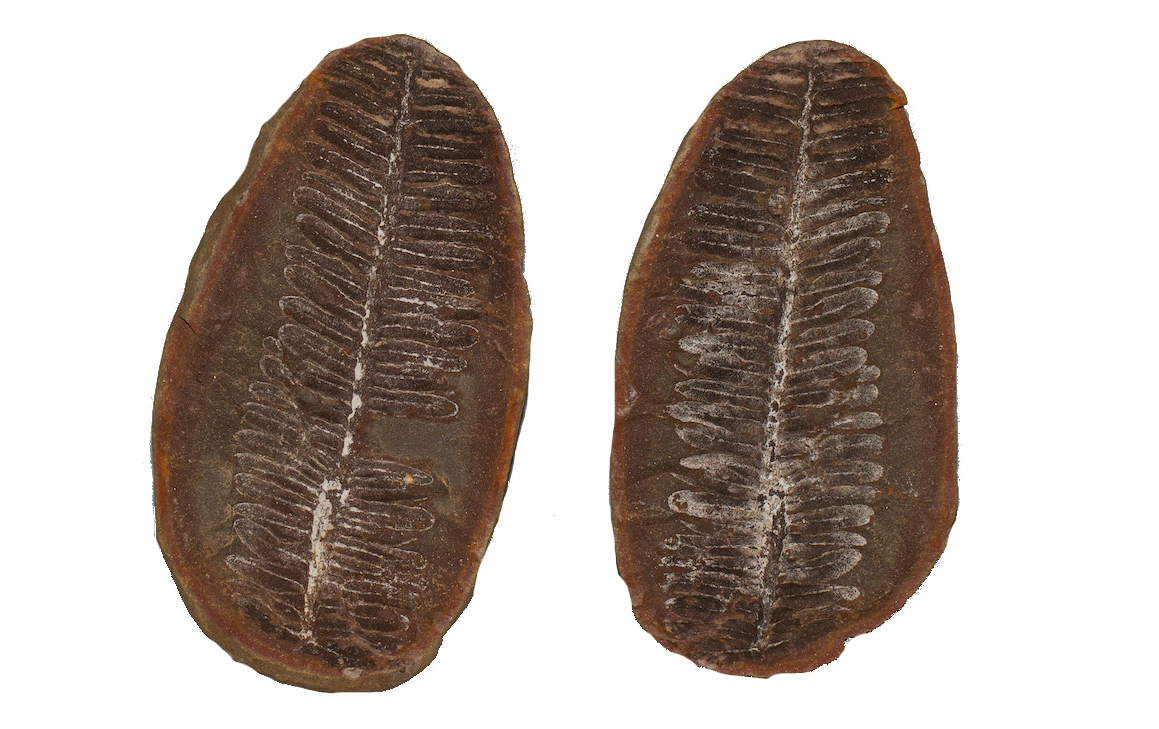
Ethnobotany
Ethnobotany studies the ways in which different cultures use plants
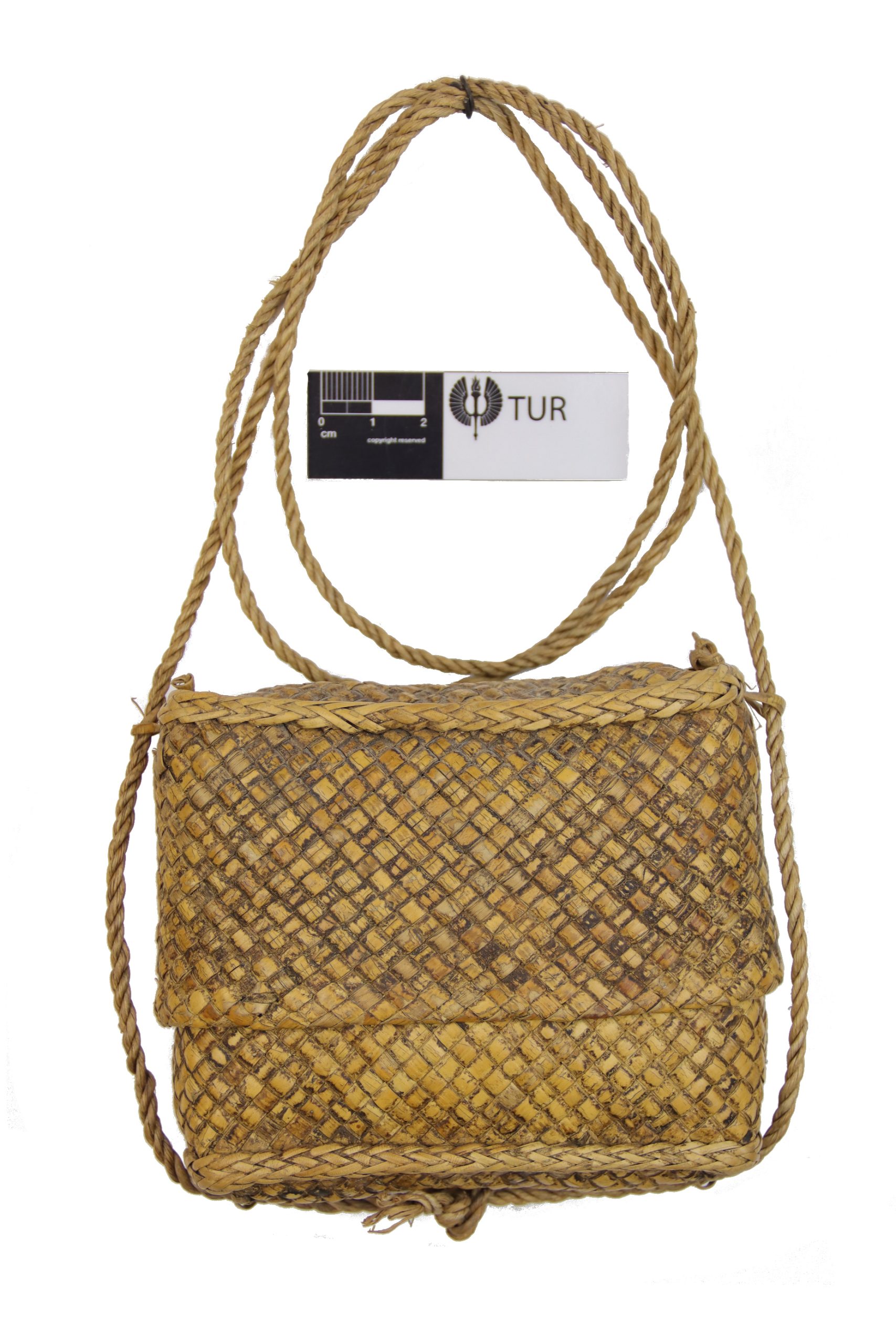
Philippine betel nut storage and carrying bag. The bag is made from rattan palm (Calamus cf. halconensis) fibers. The string of the bag is made of manilla hemp (Musa textilis), which belongs to bananas. Betel nuts are the fruits of the betel palm (Areca catechu), which are commonly chewed in Asia for their intoxicating effect.
Plants are used for many kinds of handicrafts and woodwork in the Peruvian Amazon. By making and selling handicrafts locals can also earn extra income. Balsa tree (Ochroma pyramidale), know as “palo balsa” by the locals, is easy to work with and for that reason most often used. From balsa, artisans shape animal, plant and other figures depicting everyday life.
Calabash tree (Crescentia cujete) is a small tree found along Amazonian rivers. The juice boiled from the leaves of the tree is used against intestinal parasites, and the leathery outer skin of the fruit makes an excellent bowl. These bowls are still commonly used by the locals.
The airy and water-repellent fiber obtained from the seed pods of the kapok tree (Ceiba pentandra) found in the tropics of South America and Africa has previously been used as a filling for lifebuoys, furniture, and pillows.
Tinder fungus (Fomes fomentarius) is a fungal pathogen that rots birch. Before matches were invented, tinder was made out of it and used to start a fire.
Treasures of the archives
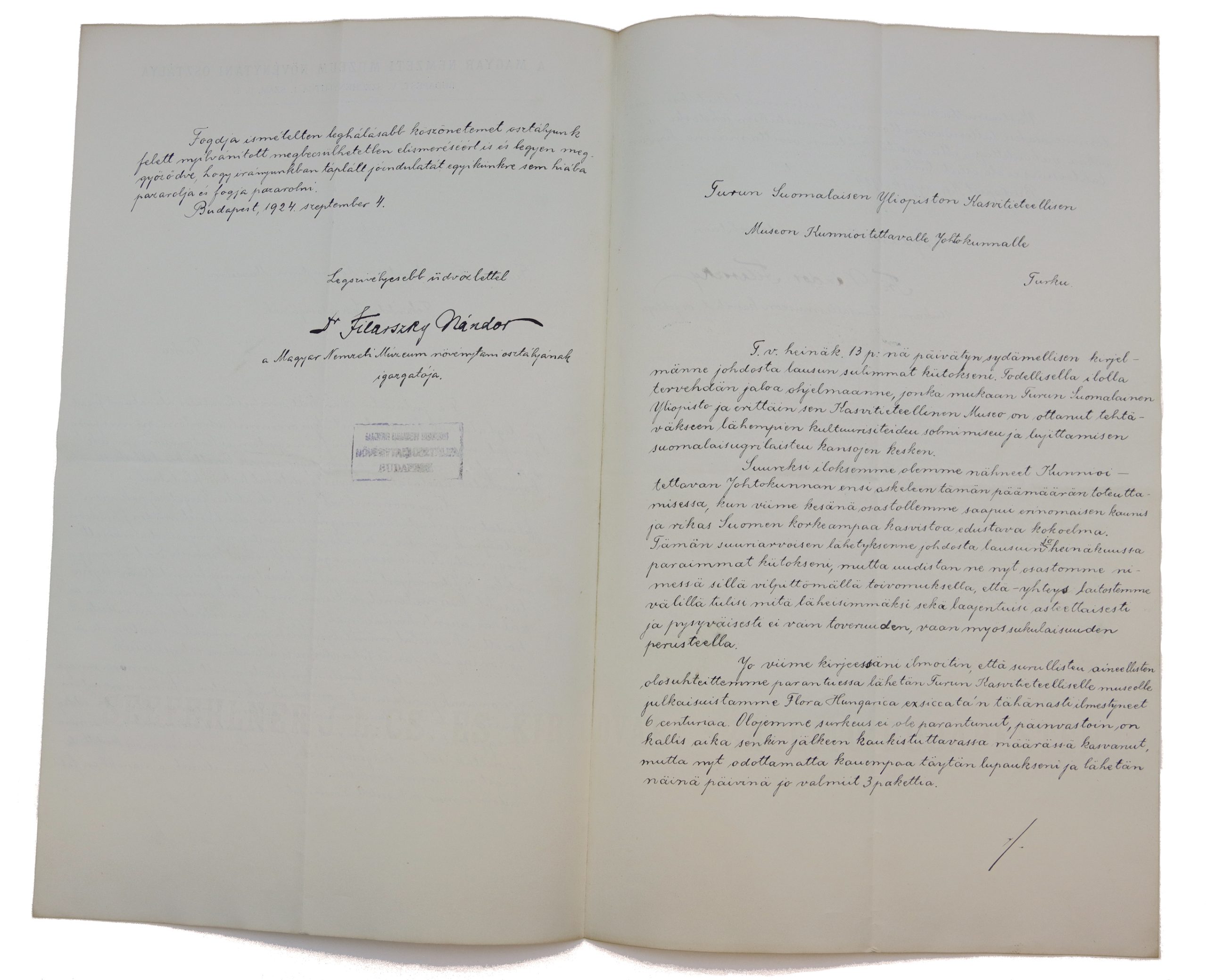
Specimen exchange with other herbaria in the world was initiated soon after the herbarium was established. It was natural for a university founded in the Finnish national spirit to cooperate especially with other Finno-Ugric countries. In 1924, herbarium received a respectful letter and three packages of plant specimens from the herbarium of the University of Budapest, as exchange for the Finnish specimens sent there earlier.

The University of Turku was founded with funds collected in a public fundraiser. However, not all those who wanted had the opportunity to financially support the university. Luckily, all those who had attended grammar school had collected their own herbarium, which could be donated instead of money to the benefit of science. Here are two cover letters from people who donated their own plant collections to the newly established university.

